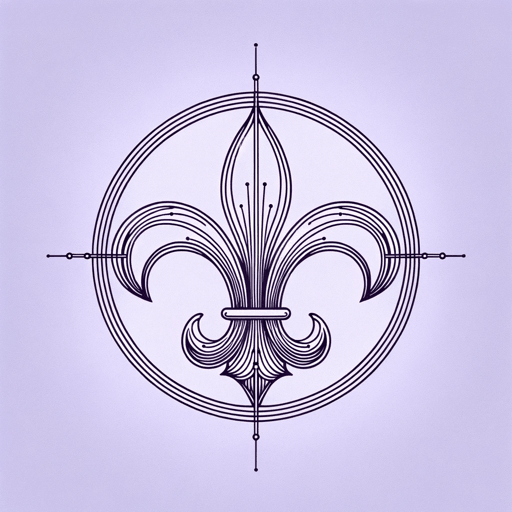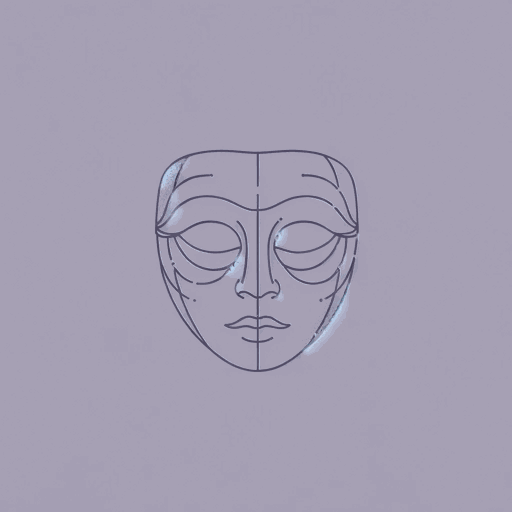70 pages • 2 hours read
Alexandre DumasThe Three Musketeers
Fiction | Novel | Adult | Published in 1844A modern alternative to SparkNotes and CliffsNotes, SuperSummary offers high-quality Study Guides with detailed chapter summaries and analysis of major themes, characters, and more.
Background
Literary Context: The Chivalric Romance
One of the most popular kinds of medieval literature was romance. These chivalric or courtly love stories usually featured complex relationships between characters of noble birth. Their plots were convoluted and full of adventure; often, knights were charged with repeatedly rescuing the objects of their affection from a variety of dangers.
The novel’s 17th-century setting plays with several tropes from this genre. The valiant, loyal, and highly physically competent Musketeers are emblematic of chivalric ideals of heroism and fighting prowess. The men support one another in dangerous situations, never back down from a conflict, and are deeply committed to protecting the French monarch whom they serve—all values that would have been completely familiar to a reader of medieval romances.
The lighthearted sexual exploits of the young d’Artagnan, who is very fickle in his desire, echo behaviors familiar from Chaucer’s Canterbury Tales (1392) and the comedies of Shakespeare. D’Artagnan is very attracted to Constance, but when Constance is gone, his desire shifts to the mysterious Milady and her maid Kitty. D’Artagnan’s bed-hopping is meant to be humorous; the fact that none of the women he is with take him very seriously adds to the sense that his actions have few repercussions.
Related Titles
By Alexandre Dumas
Featured Collections
9th-12th Grade Historical Fiction
View Collection
Action & Adventure
View Collection
Books Made into Movies
View Collection
Books that Feature the Theme of...
View Collection
Challenging Authority
View Collection
European History
View Collection
French Literature
View Collection
Historical Fiction
View Collection
Loyalty & Betrayal
View Collection
Memorial Day Reads
View Collection
Military Reads
View Collection
Power
View Collection
Revenge
View Collection
School Book List Titles
View Collection
Teams & Gangs
View Collection
The Past
View Collection
TV Shows Based on Books
View Collection



